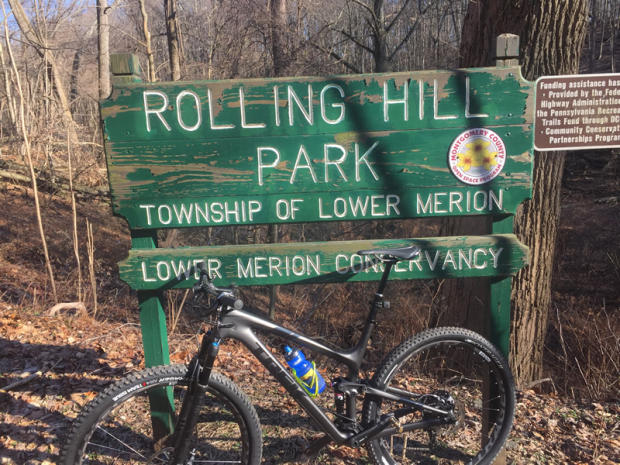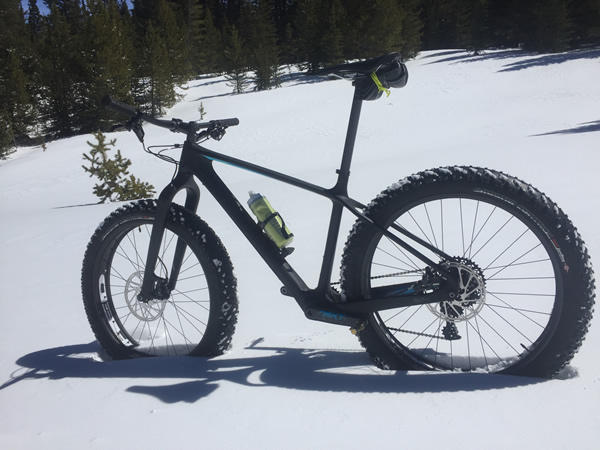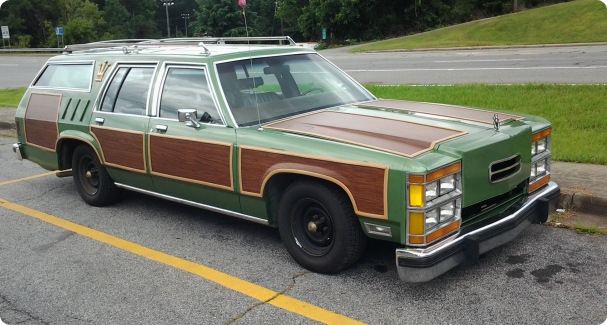Real Resolve
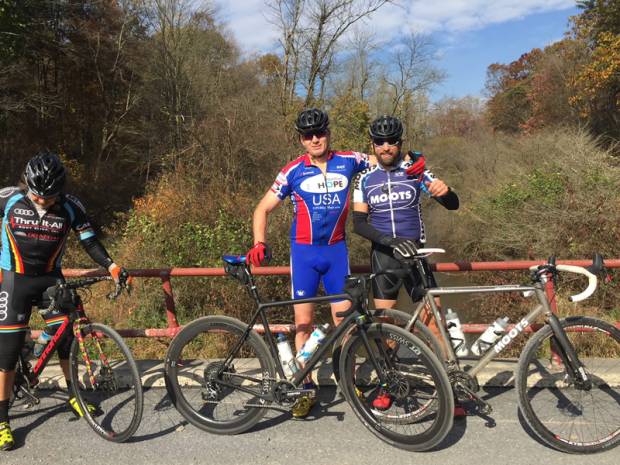
Real Resolve
Tons of people make New Year's resolutions – you know the type of people that I'm talking about, it's usually the same person in your office who asks you, "What's the secret to staying in shape?" When you reply that there is no secret, it's just a long-term commitment to exercise and a healthy diet, they usually storm off in a huff because you won't reveal what they are convinced is "the big secret."
We all know that you're not "that guy," because you're reading Slowtwitch, which means there is an overwhelming chance that you're already tuned in to the big non-secret of a sensible diet and a periodized training plan, but let's be honest, probably just about all of us know that we can be a little better in a few areas, which, ironically, is probably also why you're reading Slowtwitch. If you didn't care about improving yourself, you'd be sitting in some crappy bar in South Philly watching the Eagles game, knee-walking drunk by noon on a Sunday, screaming at the TV about an event to which you have absolutely no control whatsoever. But again, that's not you: you're here, not there.
So now that we've clearly established that you're one of the good guys, now what? Am I telling you that you can't make resolutions? Well, yes and no. I'm going to let you in on a little secret: there is a fine line between ridiculous New Year's resolutions and goals: for the intelligent, driven, athlete (that's you), you should have none of the former and a carefully chosen group of the latter.
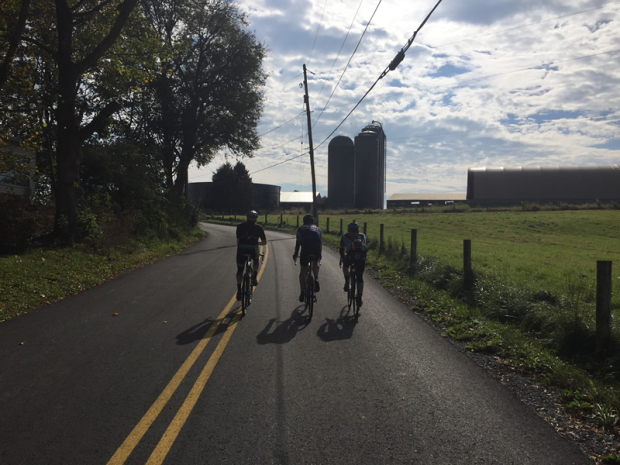
Every successful athlete I have ever met has been very goal driven, so let's talk about this for a second. Let's suppose your big goal for 2018 is to qualify for Kona, okay, great, excellent goal: lofty, but obtainable. Or maybe you're a little newer to the sport and your 2018 season goal is a bit more modest, top 20% in your AG in your target race this year (you DO have a target race, right….RIGHT?). That's cool too. In fact, the specific goal isn't nearly as important as the fact that have you have a goal. So if you're learning toward making some New Year's resolutions, we're going to adjust course a teeny bit and turn that resolution into a goal for the season. If you've already sat down with your coach, spouse, dog, or whomever will listen to yet another one of your seemingly endless rants about triathlon, and have already completed your goal setting, give yourself a gold star. Don't bail on me at this point though, as we're just getting warmed up – this whole goal/resolution discussion is just the tip of the iceberg.
Once you have set your bigger goals for the season, next you need to set smaller, more tactical goals as stepping stones to help you accomplish your bigger goals. For example, if we stick with the above example of qualifying for Kona and last year you missed it last year by a few minutes due to a less than stellar swim, while your big goal is obviously to qualify for Kona, your 2018 "tactical goal" is to improve your swimming. The next step is to design a plan specifically targeted to implement this tactical goal, with very achievable milestones along the way.
Continuing on with the Kona/swimming example, your implementation plan would then be something like adding two swim sessions per week (preferably with coaching). You should obviously also do the math so you know that to make the overall swim time reduction that you want, you need to shave off 4 seconds/100. Don't stop there though, take it one step further and break it down into an even smaller, more easily digestible chunks in which you're shooting to pick up 1 second/hundy, every two months. Now THAT'S a plan.
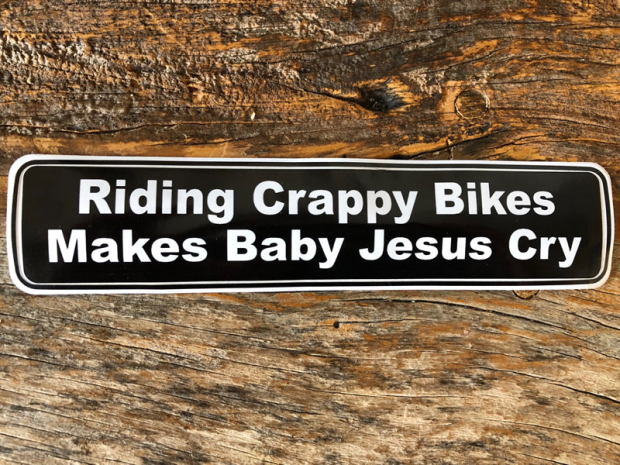
This is all not just semantics either – simply changing the name from a resolution to a goal doesn't get you any further, you're merely changing deck chairs on the Titanic. What matters here is planning, commitment, and execution. Remember, a goal without a plan is called a dream, so plan your work and work your plan.
Where am I going with all of this? Ironically, this article has nothing to do with swimming and is really only loosely based on goal setting: the main focus here is how to have a great 2018.
Even more to the point, this is more of a sure-fire, goof-proof, success-guaranteed strategy on how to have more fun in the coming year AND get faster, for after all, let's not forget people, all of this nonsense is supposed to be fun. That alone should be enough, but add in the irony that the more fun you're having, the faster you go, and boom, now we're cooking with gas. The icing on the cake here is the more fun you're having, the longer you'll be in the sport, which, yup, you guessed it, makes you go even faster. I've seen many the good athlete become obsessed about going faster and in their increased obsession with speed, somehow lost sight of the central premise of keeping it fun, which more often than not ultimately becomes counterproductive. If, however, you focus more on fun and less on speed, this ironically seems to ultimately produce more speed. It's kind of the racing equivalent of dating: never do women find you more attractive than when you're dating someone. God and the cosmos are ball-busters.
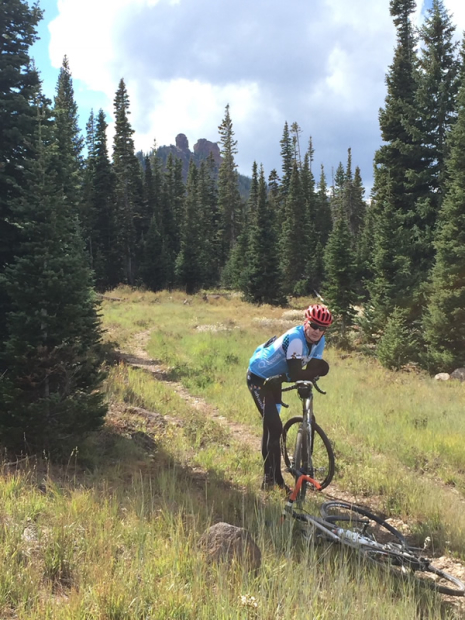
So given all of this, what's the best way to have more fun? Buy a new bike. I know, I know, this may sound like a cop out; a solution for only shallow, self-absorbed narcissists and the truly vain, but it just so happens that I am all of those things, so it should therefore come as no surprise that new bikes make FBD very, VERY happy.
Chances are that you're probably a much nicer person than me and that you care about more people than just yourself, but this doesn't change the fact that a new bike would also make you happy. In fact, one could certainly make the argument that you probably deserve a new bike, for as we just laid out, you're a wonderful person. Taking this one step further if *I* just got a new bike (which I did), then YOU most certainly deserve one, for as we just very clearly established, you are a better person than me, so if I'm getting one, you should most certainly get one (I told you that I was good at these self-rationalizations, now you can see why I have so many bikes – and ergo, why I'm so happy).
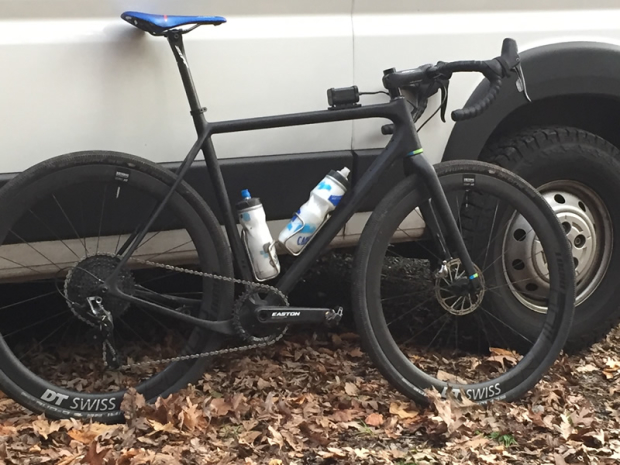
Moving along in this mathematical proof, you've set a goal (NOT a New Year's resolution remember, a goal) of doing better in races this year, you understand that keeping it fun will keep you stoked, and you know that nothing keeps it more fun than a sweet new bike, so we're almost home: the question therefore simply becomes, which bike have you earned? (please notice that careful choice of words, "earned," I bet you sat in traffic a lot this year, drove the kids to soccer, worked hard at home and the office, didn't you? That's sounds to me an awful lot like someone who's earned a new bike.)
Here is where I am going to blow your mind though – the bike you need is NOT a tri bike, after all, you probably already have one of those. The bike you want, nah, the bike you need is something to ride in the winter. Why? Because last time I checked, it is currently winter: a storm-filled winter. (Or as today's media calls them, "Bombogenesis-Hellscape-Explosi-Snowgasms." Remember when we used to call them 'snow storms'? Yeah, me too).
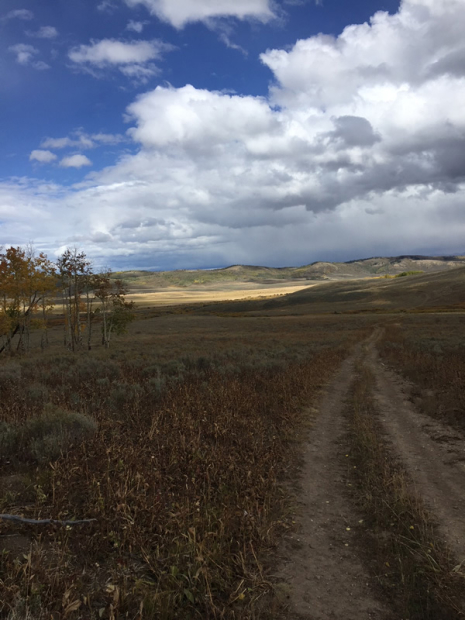
I've said it before and I'll say it again, "A good summer is built in winter." This means that the last step in our bastardized mathematical proof aka goal implementation aka sure-fire path to awesomeness is for you to get your ass off the couch right now and go riding. "But Mr. FBD, it is cold and shitty here where I live, and riding in the cold sucks. I thought you told me to keep it fun?" HA! I got cha! I did tell you to keep it fun. And riding in the cold does suck. But you know what doesn't suck? Riding trails.
So here's your big 2018 goal in a nut shell – have a blast in 2018 and do so on a new whip. Since your 2018 training starts now, here are your two best options for keeping it fun (and therefore ultimately making you faster): riding dirt and riding gravel. And we'll tackle those in order.
We touched on this a bit about a year ago, but riding a mountain bike in the winter is simply awesome. You're moving much slower than you would on a road bike, so the relative windchill is substantially lower. Also, if you're doing it correctly, you're in the woods, thereby even further decreasing the nasty, motivation-sapping, toe-numbing, wind. And don't even get me started on not having to deal with traffic and distracted motorists….
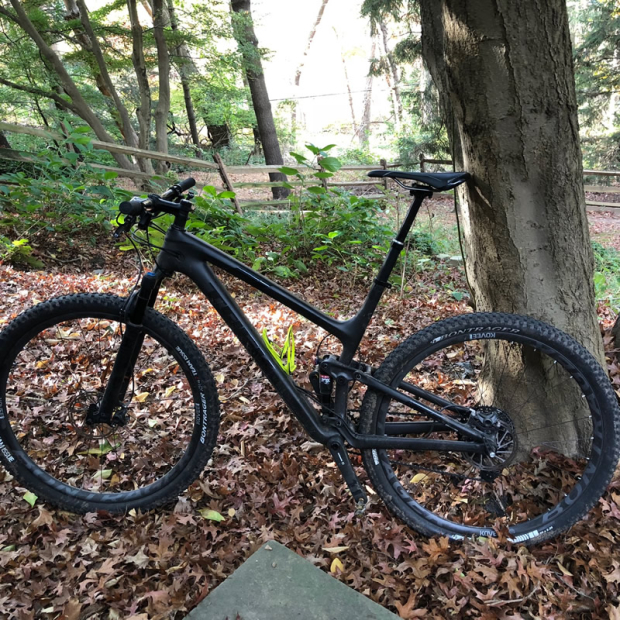
As I touched upon in my column on this topic last spring the mtb is a great way to build your overall fitness, not to mention your stoke. Riding trails is peaceful, fun, and safe, and quite frankly, you all should be doing it. Even if you live in a locale that isn't decimated by miserable winter weather, a weekly rip or two on big tires is just what the doctor order to keep your mind and body recharged and sharp. Remember, for all intents and purposes, pedaling is pedaling, so don't nerd out that you're somehow not going to be fast on your TT bike this summer because you logged a ton of miles on your mtb this winter – in fact, the opposite is probably true.
This then raises the question, which bike? I've had the pleasure of doing some extensive, long-term testing of the Trek Top Fuel 9.8 and it has continued to impress. The TF 9.8 is an excellent "all-rounder:" It is light enough for XC racing (which you should totally do, btw, but that's a topic for another day), it offers enough travel for all-mountain riding, and has geometry slack enough so that you can impress your buddies with your big air while still keeping your collarbones intact.
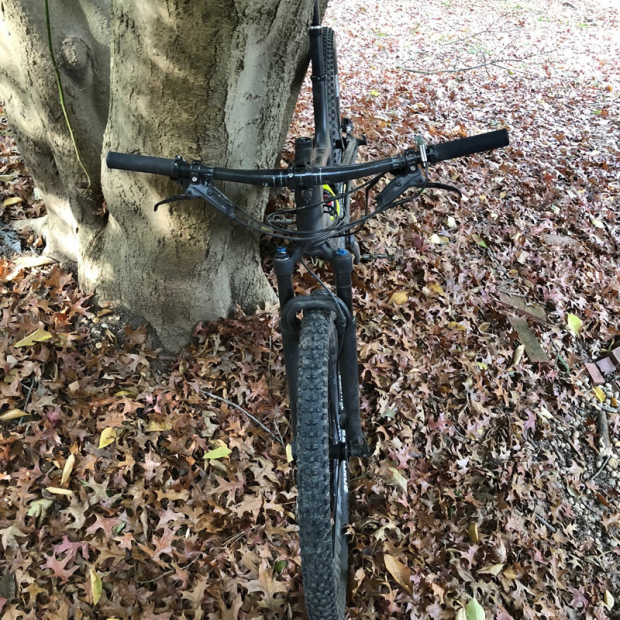
The Top Fuel 9.8 is one step from the top of the proverbial ladder, so not only is it a killer ride, but it's also a killer value. If you're really serious about racing or if you're like me (and let's hope that you are, for we need more people like me in the world) and you always want the best stuff, top rung is the Top Fuel 9.9 and it's even more bad-ass, but this does come at a price – literally. Conversely, if you don't think you're going to ride the dirt all that often and you're having a hard time justifying a purchase of this scale for a non-primary ride, you can dial it down a notch to the Top Fuel 9.7 and not give up that much performance. Be forewarned though, we're all going to die at some point though and do you really want to go to your grave knowing that you could have had a better mountain bike? I didn't think so. I can't even imagine the indignity of spending all of eternity on anything less than top tier race bike. That is literally my vision of hell. That, and rooming with Jordan Rapp. He is very needy.
I went into all of the specifics in my last piece so the fellow tech nerds in the crowd can follow the link back (if you haven't already) and dive in to the glory that is dropper posts, bars, and gearing. If going whole-hog on tech is not really your jam, that's okay too, in fact, that's why you have me, to do all of the dirty work for you (see what I did there?) and that's what I've done here: the Top Fuel 9.8 is a win across the board and it going to check most, if not all, of the boxes for the competitive triathlete looking to step up their game this winter and not lose their mind on the wind trainer.
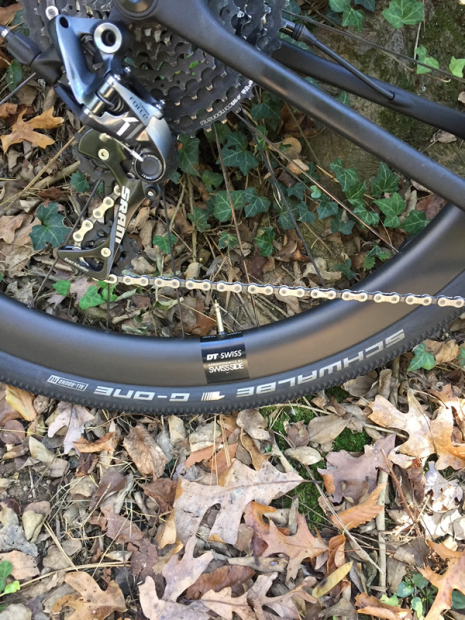
For those of you situated in a location that isn't overly trail-friendly, have no fear, for boy do I have a solution for you: a gravel bike. Before you even say it, let me go on record right now by saying that I was not quick to jump on this bandwagon. In fact, I hate bandwagons (taking this one step further, I generally dislike both bands and wagons, so the combination is nothing short of pure evil). I've been around the block enough times to see all kinds of silly trends come and go in the bike industry, so I was in absolutely no hurry to rush out and buy a gravel bike. And to be perfectly honest, I'm glad I waited in the wings for a few seasons to see how this all shook out, because man, did I find a winner: the Open Upper gravel grinder.
Before I delve too deeply into the merits of the Open Upper (yes, this really is the make and model of the bike), please allow me to first lay out the case for this category of bike. You all know the drill – it's cold, it gets dark at something like 2:00 pm and it is a Herculean effort to drag your ass out the door for a ride. We've all been there and I get it. Riding trails fixes most of those problems and I'm going to present the solutions to the rest in a bit, but one step at a time.
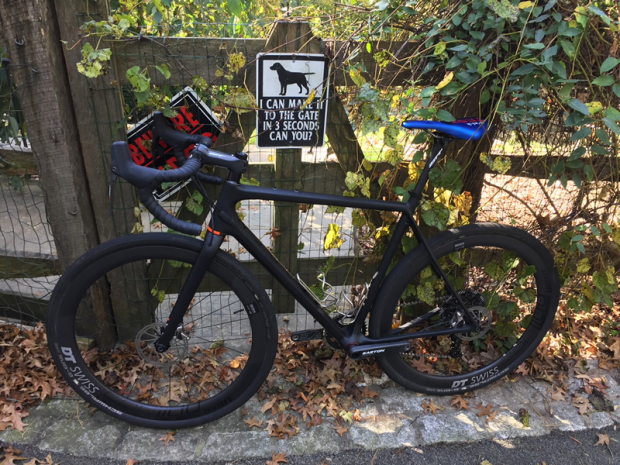
So riding trails is warmer, safer and way more fun, but what if you don't have many/any/convenient trails? This is certainly a plausible scenario, but let me ask you this – do you have roads where you live? With a good gravel bike, you can seamlessly cruise from pavement to gravel to dirt and back again, all without missing a beat. I tested the Open Upper in the urban jungle of Philly, in the suburbs, in the farm country of central PA, and in the mountains of Colorado. As you might expect, each experience was very different, but what all of them had in common is that all of them were awesome. Thanks to our new incredibly screwed up climate, I was able to test the bike in summer, fall, and winter conditions, and the bike excelled in all three, in particular, winter.
High-end gravel bikes (and tires and wheels, but we'll talk more about that in a minute too) have gotten so good, that one of my training buddies sold his roadie and gasp, is now down to just two bikes: the Open (with two sets of wheels) and a Fatty, for full-on Colorado winter trail riding and racing. It should be noted too that he's a Masters World Champ, so he's pretty legit.
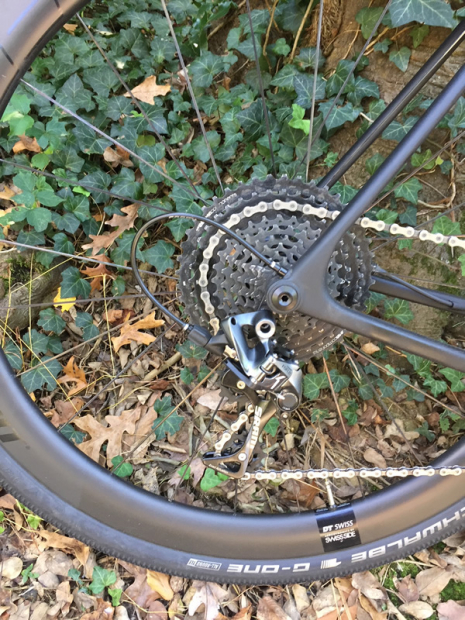
Now that I have you convinced to get a gravel bike, let me tell you why that bike should be an Open, preferably the Upper. Sticking with our theme for both this column and life in general, this bike is fun – like, crazy fun. It is light, fast, and as noted above, can handle just about any type of terrain. If you like riding, (which I'm guessing applies to about 99% of the people reading this), how can you not have fun on a ride that keeps you away from pesky, distracted, and potentially lethal motorists, opens up (no pun intended) all sorts of new route options, and hopefully lets you start your ride right from your door? For anyone tight on time, which is again, probably about 99% of the people reading this, that latter asset is huge: even a short, 15 minute drive to the trails adds up, as that's a total of a half an hour, so if you only have an hour to train, well, thanks to the versatility of a gravel bike, the removal of a 30 minute commute just increased your training time by 50%.
Regarding the specifics of the bike, my test steed came equipped with 1x, which I strongly recommend. Being an old skool roadie, I was a bit skeptical about the big jumps in gearing, as I've always found the concept of not being able to go from 53/14 to 53/15 to be quite distasteful when I'm dropping the hammer on the pavement, but I was pleasantly surprised at how accommodating and flexible the 1x is in all situations. On this topic, one of the reasons why I found the bike to be so versatile was the fact that I was running a 9-42 cassette from e*thirteen. Their full-on race offering is a 9-46, which offers an incredible 511% range, all with the convenience of 1x, so I highly, highly recommend this option.
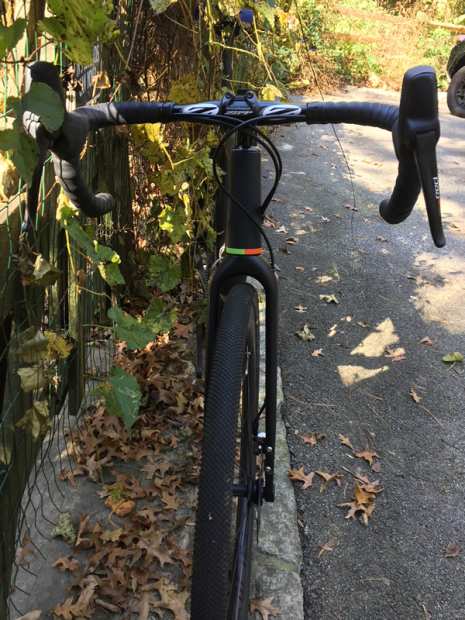
Probably the next thing that makes Open Upper so good is its ability to accommodate so many different sizes of wheels. The frame has been designed to handle everything from a 23mm road slicks up to a 2.1" mountain bike tire, so pursuant to my earlier example of my buddy who has streamlined and downsized his fleet to only two bikes, part of what makes strategy this work so well is the ability to switch out wheels on the Open. Can you survive with only one wheel set? Sure. But I encourage you to carefully consider the very favorable economics of the aforementioned option. By purchasing a gravel bike and getting two sets of wheels, it's essentially two bikes for the price of one. You're welcome.
Now on to my favorite topic: tires. SO many people will sweat the details on their bikes, but then gloss over tires, it's insane. Whether it is your bike, car, or any vehicle for that matter, tires are the interface between the machine and the ground, so if you value little things like traction, corner, braking, etc., you're going to want to pay attention to your tires.
If you're now thinking, "But wait, Mr. FBD, didn't you just tell me that I could put almost any tire on this beast?" Yes. Yes, I did, my point exactly. If you're one of those anti-social bike curmudgeons who's always grumbling on group rides, "Those XXX (insert whatever piece of gear these grumps are ranting about on any give day) aren't necessary, my XXX (insert whatever piece of gear these grumps do own) works just fine." Sure, you CAN ride a mountain bike on the pavement, but why don't you then also stop on your way home and blow up a children's hospital, you savage. We're out here to have fun, remember, not turn this into some type of weird, post-apocalyptic survival-fest. Yes, you can ride all kinds of surfaces on inappropriate tires, but that sucks, so buck up Scrooge McDuck and get a few sets of tires in the very least, and wheels if possible, to allow you to appropriately tackle the range of conditions that you encounter.
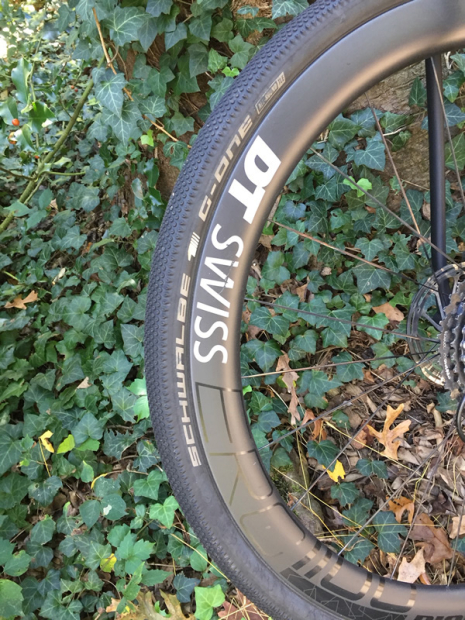
My test bike came outfitted with 38mm file treads that measured out to a touch over 40mm on the calipers (this is a VERY important point too, as god only knows how manufactures measure tires these days, as I have "36s" that balloon out to almost 40mm and 40s that run around 38 or 39mm depending on the wheels to which they are mounted and the associated tire pressure.
The 40mm file was an excellent all around tire and the one that I ended up running the most just because it was good to great on all surfaces. Just for the hell of it, I also mounted up much beefier cx mud tires and as one might expect, they offered a lot much purchase, which was great for gnarly trails and wet rocks, but ran significantly slower on pavement and even gravel. With a tubeless set-up, lower tire pressure, and big footprint 40mm rubber, you have a fairly substantial contact patch to work with, so unless you're out when it's really muddy or on very technical trails, I'd say this is going to be your recipe for success for most conditions. If you're paying incredibly close attention, you might therefore be thinking, "If this is such a good all-around set-up, then why do I need another set of wheels?" Good question: I won't even go into my tried and true "N+1" rule (which I love for oh, so many type of gear), but instead I'll offer up two use-cases.
First, the MO of my buddy in CO is to switch out his all-purpose gravel wheels for a set of pure roadies when he's doing road races, Wednesday Night Worlds, or even for just a road ride on 100% pavement. If you want to really go for it from time to time and blast off on pavement, having a dedicated set of road wheels and/or tires is totally worth it.
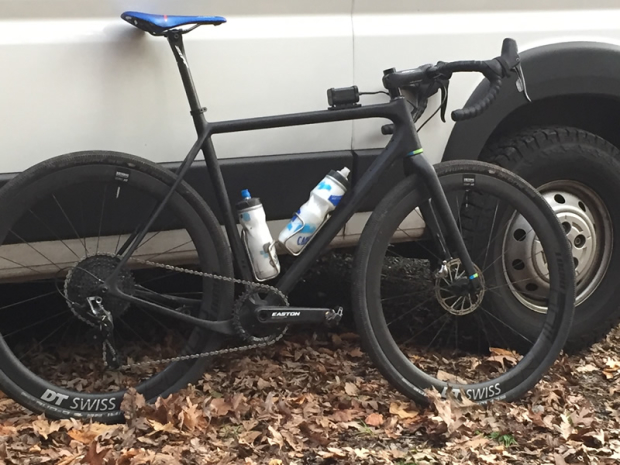
The other, opposite scenario, also makes sense as well: if you're training mostly on gravel and moderate single track, but occasionally want to get after it on more technical shit, you're going to want more grip, so go for it and go big. With big tires and it's light frame, this config is like having an incredibly fast, responsive, hard-trail mtb. With this set-up and decent skilz, you could attack most of the trail options in many of the iconic mountain bike destinations like Moab, Fruita, and St. George. This use-case also would be PERFECT for the triathlete who's going to take a winter training trip to any of these locations or even say, Tucson. You could install your road wheels and logs a kazillion road miles, then just as you are about to lose your mind from white line fever, switch out to the knobbies for a few soul-cleansing rides on the dirt. Oooooooh, that's a bingo.
(https://www.youtube.com/watch?v=q5pESPQpXxE)
There's an added component to all of this too, something that wasn't a part of my original story outline, but was incorporated out of sheer necessity in the testing process and it proved to be so important that I decided it made sense to at least touch on this as well. And that topic is lights. Lights are important for two reasons: to see and to be seen. As usual, we'll tackle these in order.
There are a myriad of lighting options out there, but in doing bike testing for this story, as well as doing some specific, dedicated light testing for a holiday gift guide for another publication, one light company really stood out: Lupine. I go into this topic in excruciating detail here and
here. But be forewarned, the first article is more oriented toward lights for Nordic skiing. I decided to link to it here though because for those of you out there in the studio audience who do any sort of trail running at night, this is first review is very applicable, not to mention the fact that I also get on my high horse a bit about why everyone should have multiple sets of headlamps, so as always, this makes for some fascinating reading, in particular if you other option is working at your crappy job. Even reading my stuff is better than doing your job.
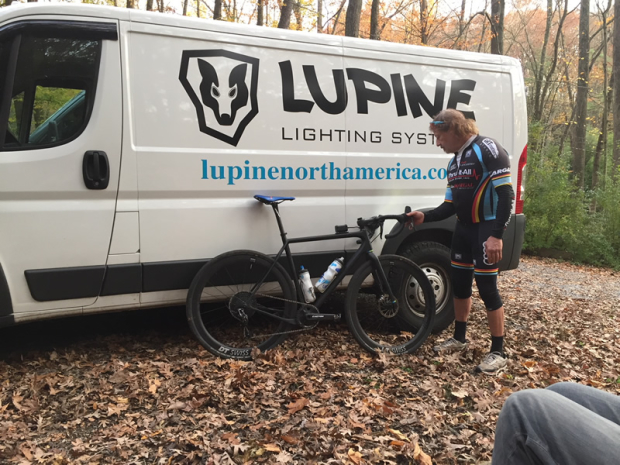
The second link is very specifically targeted toward cycling, so I don't care if your house is on fire, you should read this before even calling 911 and running out onto the lawn in your underwear with the dog – yes, it is simply that important.
Where all of this ties together very nicely is the fact that in addition to all of the reasons why you A.) desperately need a gravel bike and B.) desperately need a brand new, kick-ass lighting system, it just so happens that these two topics and products integrate seamlessly and beautifully.
I mentioned earlier that one of the areas where I was testing the gravel bike was in rural central Pennsylvania. The reason I was there is this is where the headquarters of Lupine North America is located, so when it came up that I was also testing gravel bikes, being fellow bike geeks, they invited me out to HQ for some amazing riding.
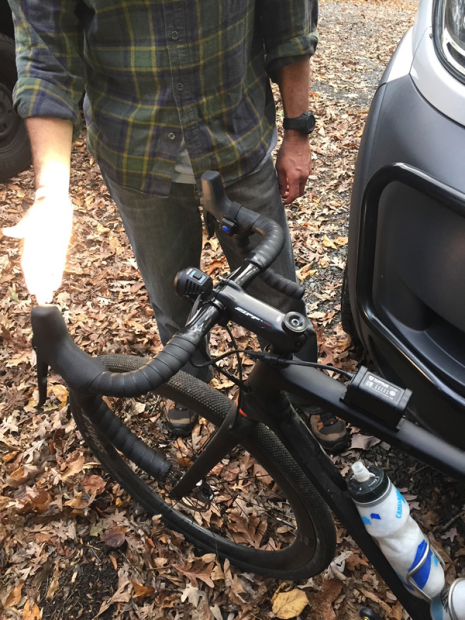
I was planning on testing both headlamps and bar-mount lights for the Nordic ski publication, so the Lupine crew was getting me all styled out with some different options when we noticed that the Open has a set of mounting screws on the top tube for what Open describes as, "general usage." It turns out that these mounting screws just so happen to work perfectly with the frame mount option of the Lupine Wilma system. Pow.
For those of you too busy, lazy, or indifferent to take the time to read all of the gory details in the links provide, let me succinctly summarize those slightly more loquacious reviews by saying with the Lupine Pika R on your helmet and the Wilma on your bars, you have a total of 5,000 lumens of retina-burning power. Wow. That's a lot.
Both lights offer all kinds of other cool doodads too, like visible battery status indicators, superior run times, extremely modest weights, etc., but I'm guessing that anyone who really cares about any of these details has already cruised over to bask in the glory of my wordplay and those who don't care, well, you certainly don't want to read about it here. If you're on the fence, getting ready to fall into the yard, here it is one last time.
In conclusion, let's finish where we began: the importance of having fun. Triathlon training and racing can be fun, very, very fun in fact, but if you're not careful, it can also turn miserable. I've seen people screaming at their spouses at races, yelling at teammates on group rides, crying in the lane at the pool about how hard their life is, bitching and moaning that they didn't want to go train, you name it. First of all, don't be one of those people – this is a hobby, remember? You're not getting paid to be here, in fact, you are PAYING to be here. This is supposed to be fun. As a matter of fact, according to the Google machine, the literal definition of a hobby is, "an activity done regularly in one's leisure time for pleasure," with the operative word there being "pleasure." If any of this is making you miserable (training that is, not my writing), or more importantly, if you are making those around you miserable, you should be doing something else: maybe you do want that extra seat at the end of the bar in South Philly. If so, that's fine, throw you life away, but don't drag the rest of us down with you. We've got good bikes and good attitudes and we hope you come along for the ride (sorry), but you know the rules.
So forgot those stupid New Year's resolutions, research shows that only about 8 percent of people actually keep them and you're better than that anyway. You're probably way ahead of most people too, as the most common resolution is to get in shape and lose weight and chances are you're already lightyears ahead of the aforementioned fat, angry Eagles fan who slurred out in a drunken stupor on NYE, "Ya know what? Dis year I gonna get back in shape. Do some bench press n'shit. Youse guys wit me?"
Remember, that's not you. For you, the Slowtwitch reader, the "chosen few," it's only a matter of fine-tuning an already winning formula, which, thanks to me, is now abundantly clear: set some measurable goals, have milestones, and for heaven's sake, have fun. And the best way to do the latter? I think you already know this answer, but what the hell, I'll throw it out there one more time: treat yourself to a new mountain or gravel bike. Then the next time all of the panicky idiots are swarming the grocery stores to stock up on bread and milk, you'll be out there on the new steed, shredding up that next Bombogenesis-Hellscape-Explosi-Snowgasm storm with some steez.
See you out there. Let's go Eagles.
FBD


